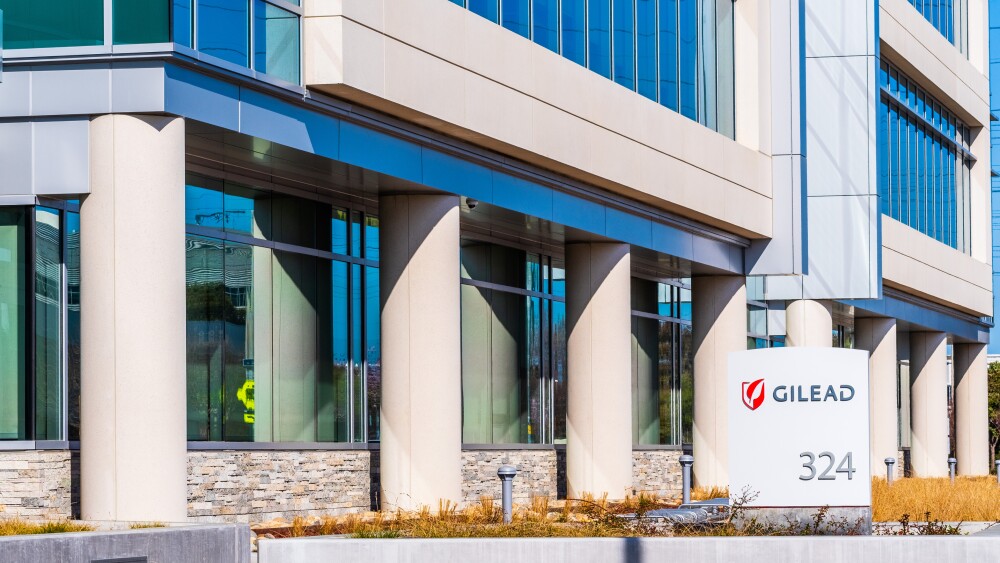Research published in the journal Nature by researchers at the National Health Research Institutes in Taiwan and the National Institute on Aging, National Institutes of Health in the U.S. suggest that a class of diabetes medications known as GLP-1 analogues may be effective treatments for Parkinson’s disease.
Research published in the journal Nature by researchers at the National Health Research Institutes in Taiwan and the National Institute on Aging, National Institutes of Health in the U.S. suggest that a class of diabetes medications known as GLP-1 analogues may be effective treatments for Parkinson’s disease.
GLP-1 analogues stimulate the pancreas to produce insulin. They also reduce appetite by slowing the emptying of the stomach, which can lead to weight loss. At the moment, these drugs are being marketed for diabetes by Novo Nordisk, Eli Lilly and AstraZeneca. Generally speaking, the companies don’t have a lot of involvement in treatments for Parkinson’s disease.
Novo Nordisk’s Victoza and Eli Lilly’s Trulicity dominate the market. Victoza brought in about $3.6 billion in 2017, and Trulicity raked in slightly over $2 billion. Sanofi’s Exenetide is also a GLP-1 analogue.
Christiana Friedman, writing for Seeking Alpha, says, “So what does Parkinson’s have to do with diabetes? Researchers aren’t quite sure exactly yet, but there has been growing evidence that impaired insulin signaling in the brain plays a role in the progression of Parkinson’s. Before this new preclinical data was published in Nature, scientists knew that insulin signaling is important for the survival of brain cells, which seems self-explanatory since brain cells need glucose to survive, and insulin regulates how much sugar brain cells get.”
Dopaminergic cells are the types of brain cells dying in Parkinson’s, and they have a particularly high percentage of insulin receptors on their cell membranes. This suggests they will be more sensitive to insulin signaling pathway problems. GLP-1 analogues stimulate the GLP-1 receptor, mediating problematic insulin signaling pathways in patients with diabetes. Friedman wrote, “They just don’t cross the blood/brain barrier particularly well. They do to some extent, except for Trulicity, which does not. As to the preclinical data just released, in a study on rat models for Parkinson’s, an extended-release form of AstraZeneca’s Bydureon engineered to more easily cross the blood/brain barrier, sustained levels of GLP-1 agonist in the blood for over 20 days.”
The question then is why don’t physicians and/or drug companies start prescribing GLP-1 agonists to Parkinson’s patients off-label. There are several problems in doing that, particularly on a large scale. Novo Nordisk, for example, would need to reformulate Victoza or its Ozempic to cross the blood/brain barrier better.
Secondly, nobody knows what appropriate dosing of these drugs are for Parkinson’s—assuming there is an appropriate dosing for the disease. This will require dose-ranging trials in Parkinson’s patients, and that won’t happen overnight.
Friedman writes, “It seems though that AstraZeneca may be in front here, because Bydureon was the drug used on these rats. Eli Lilly will have more of a challenge because its own GLP-1, Trulicity, does not cross the blood-brain barrier like Bydureon or Victoza, so getting it to be applicable to the Parkinson’s market could be more of a challenge. There have been no recent indications that Novo, AstraZeneca, or Sanofi are actively pursuing an extension of their GLP-1 product lines to Parkinson’s.”
Yet.
But since the Parkinson’s disease treatment market is expected to hit about $5.69 billion by 2022, it’s a good bet that companies will GLP-1 analogues in their portfolios or pipelines will be taking a look. That’s a much smaller market than the diabetes market, but with pharma companies working to squeeze every bit of profit out of their portfolios, one that’s not likely to be ignored.





